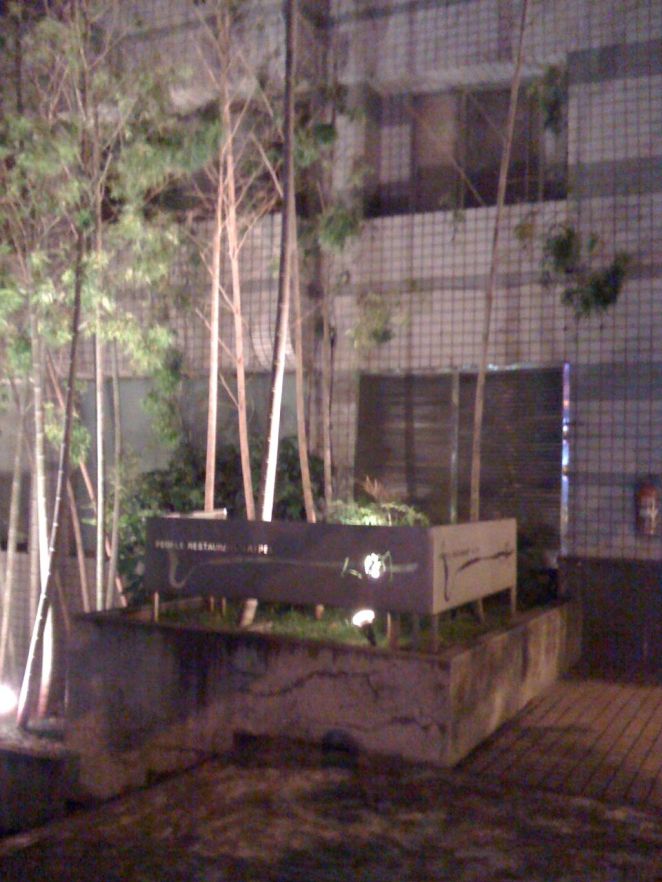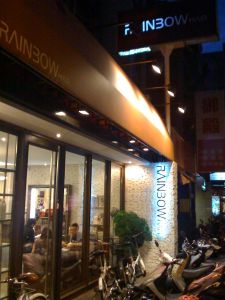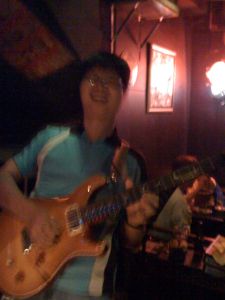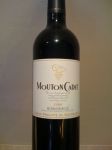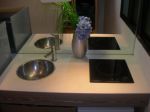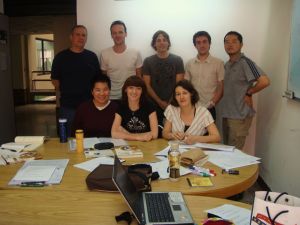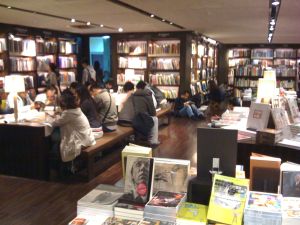I have been looking into the Play Framework to do rapid development of web-services. The clean MVC separation and a simple templating system is very attractive to be able to focus on just what is needed, instead of spending a lot of time writing glue code and juggling concepts that should be in the framework.
The template engine in Play supports Html, Xml, Txt and Js. When writing web APIs, I usually want to have control over the content-type used, either for adding entirely new media-types, or for using with versioning of the API. I have been reading the documentation at http://playframework.com/documentation/2.2.x/ScalaCustomTemplateFormat that describes how to add a custom format to the template engine, and it was reasonably good. Just a few points requiring trial and error, because the exact files to put things into was not described, and the example used was how to add Html if Html was not supported, so it was not possible to just take the code and verify that it worked.
This post contains the actual files added and updated to a fresh Play 2.2.2 app to add CSV support. See the doc page referenced above for details and explanations.
Model classes
Although not strictly a part of the support for CSV, the model classes are used to demonstrate that things work, and to provide a record type for basing the concrete template example on:
app/models/Record.scala
package models
case class Record(val foo: String, val bar: String)
object Record {
def sampleRecords = List(Record("f1","b1"), Record("f2","b2"), Record("f3","b3"))
}
Format definition
The meat of the new format is in the format implementation classes. I have put these in app/views/Csv.scala as that seemed appropriate.
The format contains the classes Csv and CsvFormat inheriting the proper classes as indicated by the official documentation.
The Csv object contains helpers for the CvsFormat object.
app/views/Csv.scala
package views
import play.api.http.ContentTypeOf
import play.api.mvc.Codec
import play.api.templates.BufferedContent
import play.templates.Format
class Csv(buffer: StringBuilder) extends BufferedContent[Csv](buffer) {
val contentType = Csv.contentType
}
object Csv {
val contentType = "text/csv"
implicit def contentTypeCsv(implicit codec: Codec): ContentTypeOf[Csv] = ContentTypeOf[Csv](Some(Csv.contentType))
def apply(text: String): Csv = new Csv(new StringBuilder(text))
def empty: Csv = new Csv(new StringBuilder)
}
object CsvFormat extends Format[Csv] {
def raw(text: String): Csv = Csv(text)
def escape(text: String): Csv = {
val sb = new StringBuilder(text.length)
text.foreach {
case '"' => sb.append("\"\"")
case c => sb += c
}
new Csv(sb)
}
}
Glue
To actually make the template compiler compile new templates, we need to define the file extension to trigger compilation. This is done by adding to the templateTypes at the end of the top-level build.sbt
build.sbt
name := "csv-play"
version := "1.0-SNAPSHOT"
libraryDependencies ++= Seq(
jdbc,
anorm,
cache
)
play.Project.playScalaSettings
templatesTypes += ("csv" -> "views.CsvFormat")
Putting it all together
The last part is to define an endpoint in the controller (in app/controllers/Application.scala), point a route at that endpoint (in conf/routes), and write a template to serve results (in app/views/records.scala.csv).
app/controllers/Application.scala
package controllers
import play.api._
import play.api.mvc._
import models.Record
object Application extends Controller {
def index = Action {
Ok(views.html.index("Your new application is ready."))
}
def records = Action {
Ok(views.csv.records(Record.sampleRecords))
}
}
conf/routes
# Routes # This file defines all application routes (Higher priority routes first) # ~~~~ # Home page GET / controllers.Application.index GET /records controllers.Application.records # Map static resources from the /public folder to the /assets URL path GET /assets/*file controllers.Assets.at(path="/public", file)
app/views/records.scala.csv
@(records: List[Record])"foo","bar"@for(r <- records) {
"@r.foo","@r.bar"}
The final result
Now everything is in place to test the new format. Run the app by doing play run in a separate terminal. Then you will observe the following result using curl as our HTTP client:
$ curl -i http://localhost:9000/records HTTP/1.1 200 OK Content-Type: text/csv Content-Length: 41 "foo","bar" "f1","b1" "f2","b2" "f3","b3"
Notice that the Content-Type is correctly set to the result rendered from the template.
Conclusion
This post shows a simple and straight-forward way to add a custom content-type to be used in the templating system. Using this approach, you get to write your format in the simple template language, and each endpoint in your controller does not do anything special to support the format.
There are other approaches that may be preferable in certain cases. If you have an XML-like format, you can use the Xml support in Play by having a app/views/foo.scala.xml in the template directory, but then set an explicitly different content-type in your controller, with something like:
...
def records = Action {
Ok(views.xml.records(Record.sampleRecords)).as("application/vnd.mycompany.api-v1+xml")
}
This can of course also be used to abuse the Txt format in a similar way. The big downside to this approach is that you must remember to do that on every result produced by the application.
Good luck, and happy content typing!



